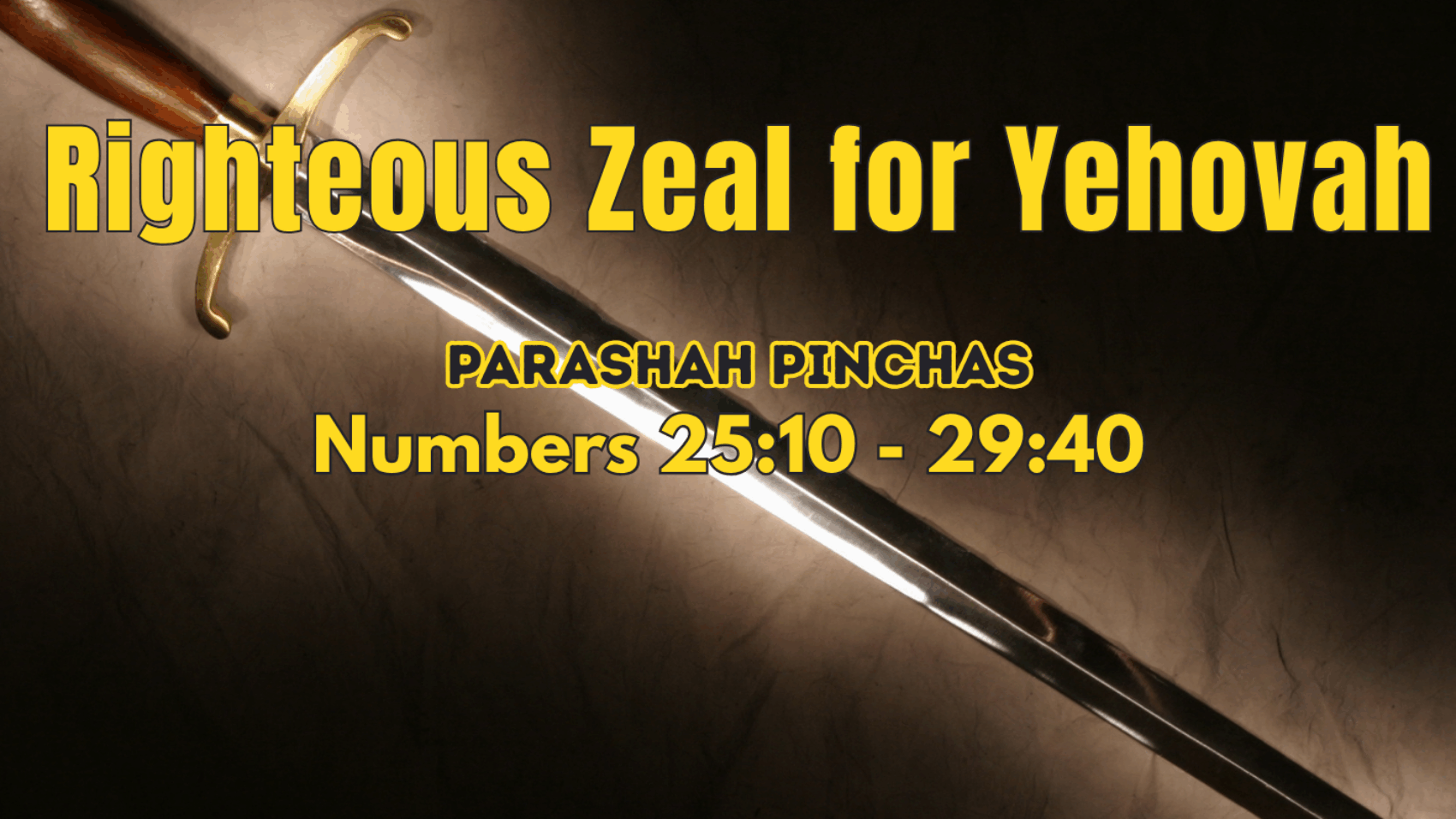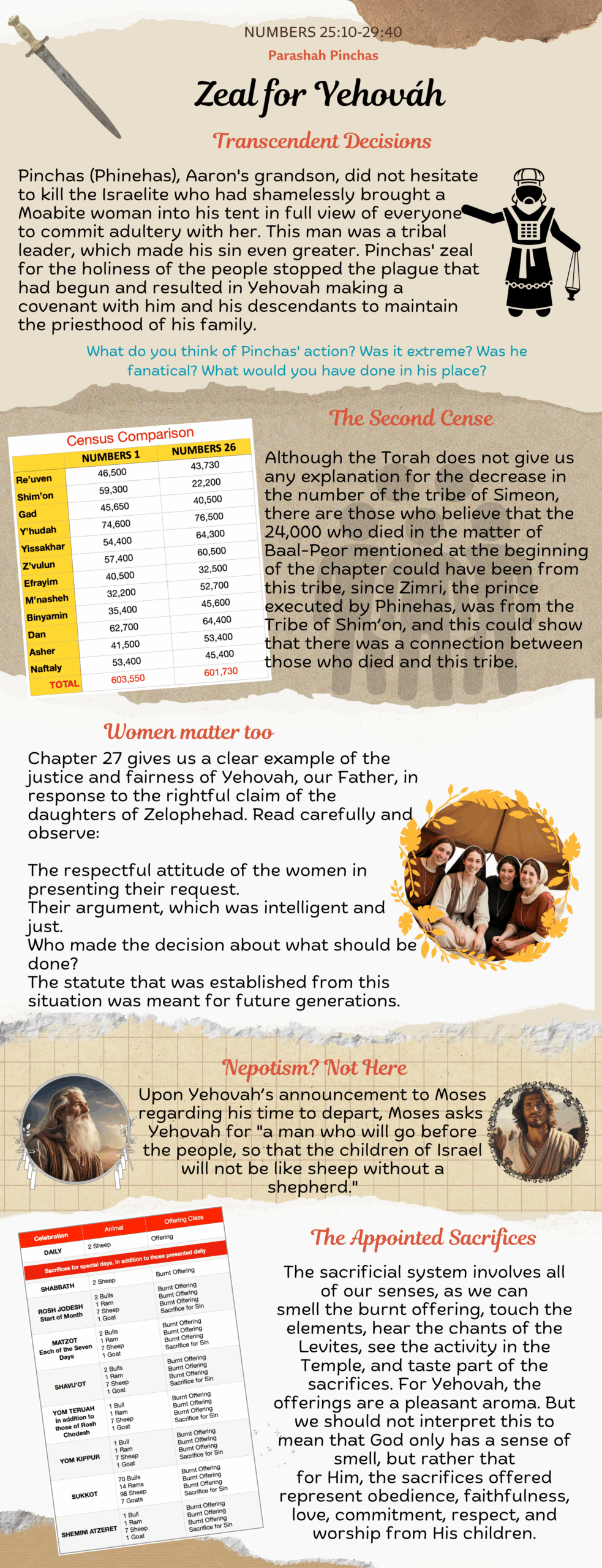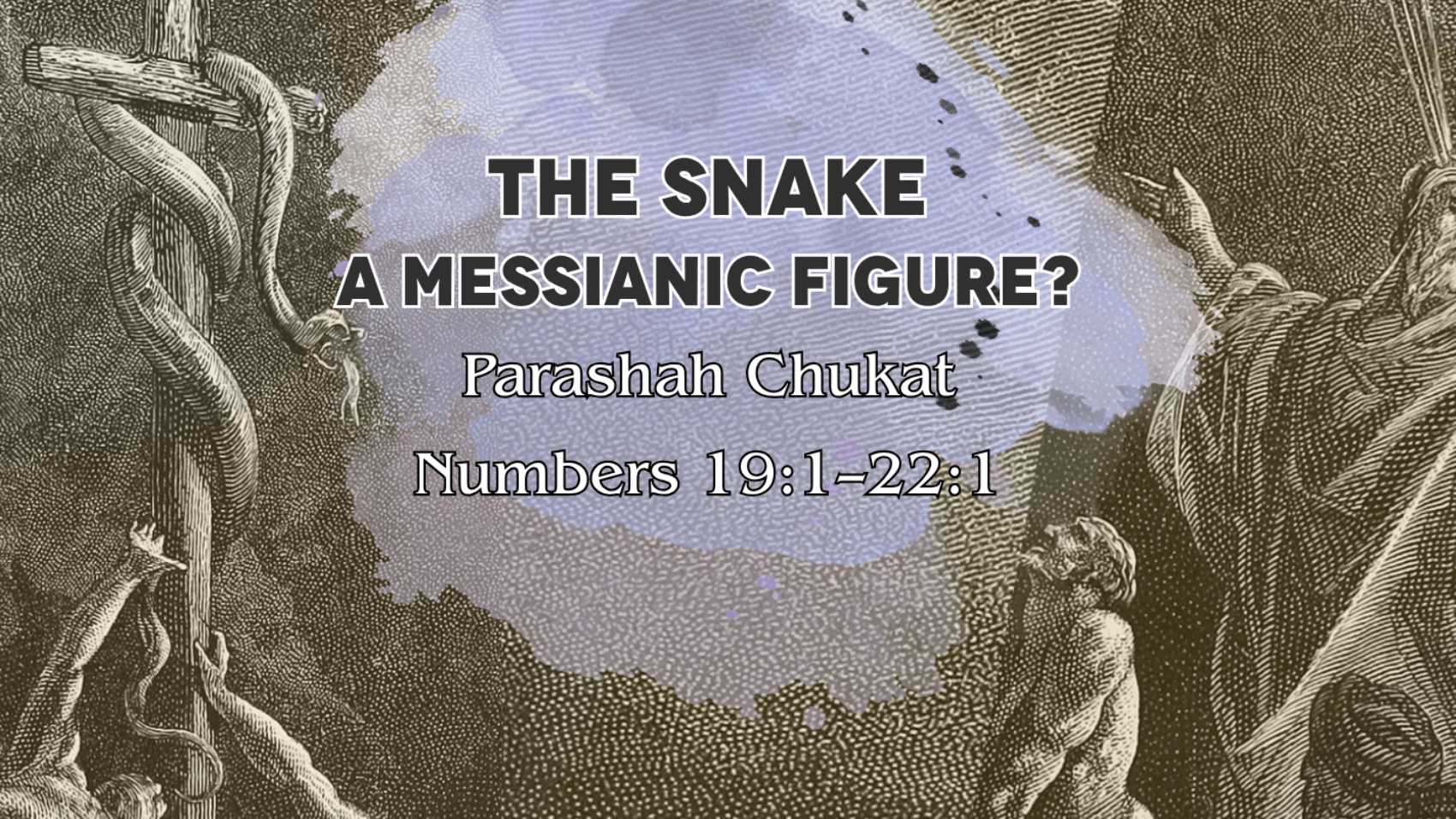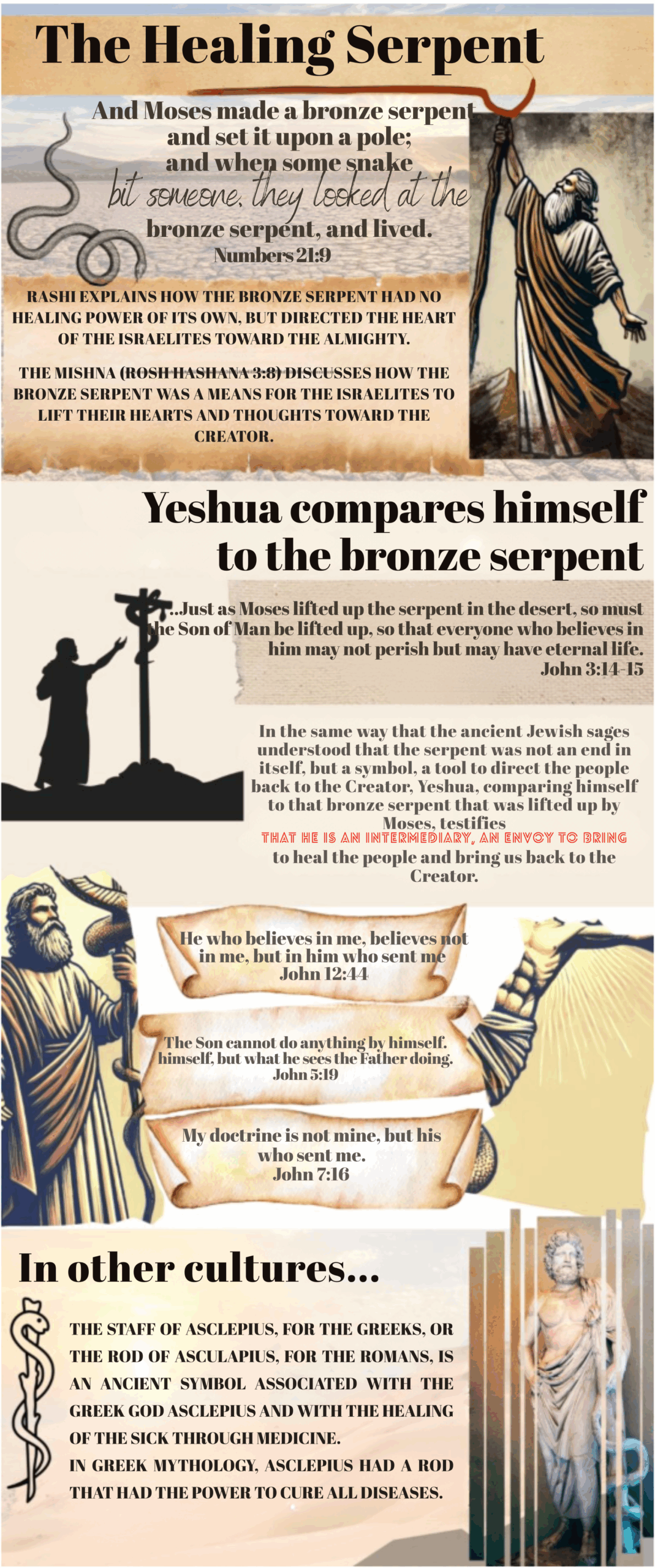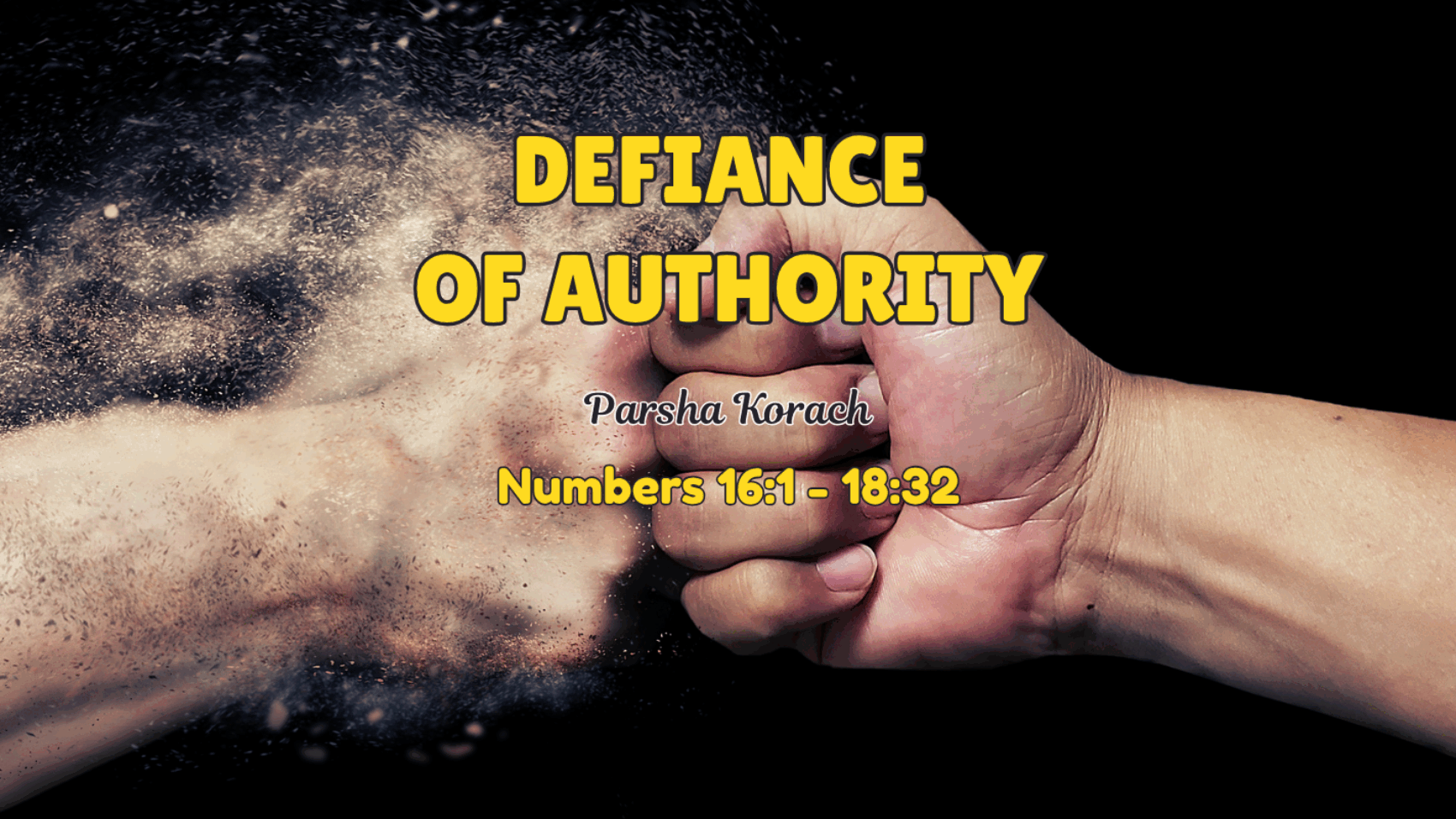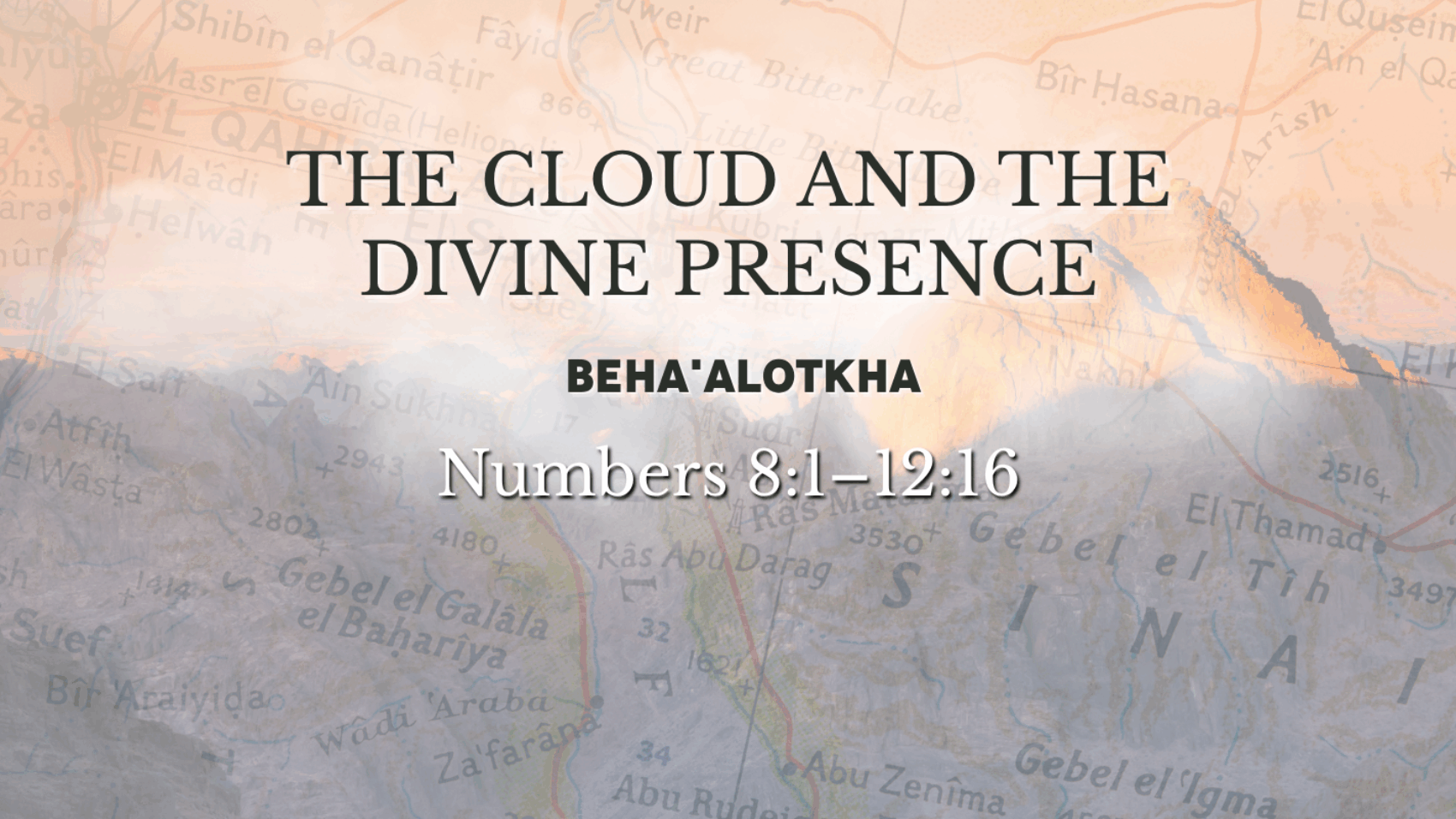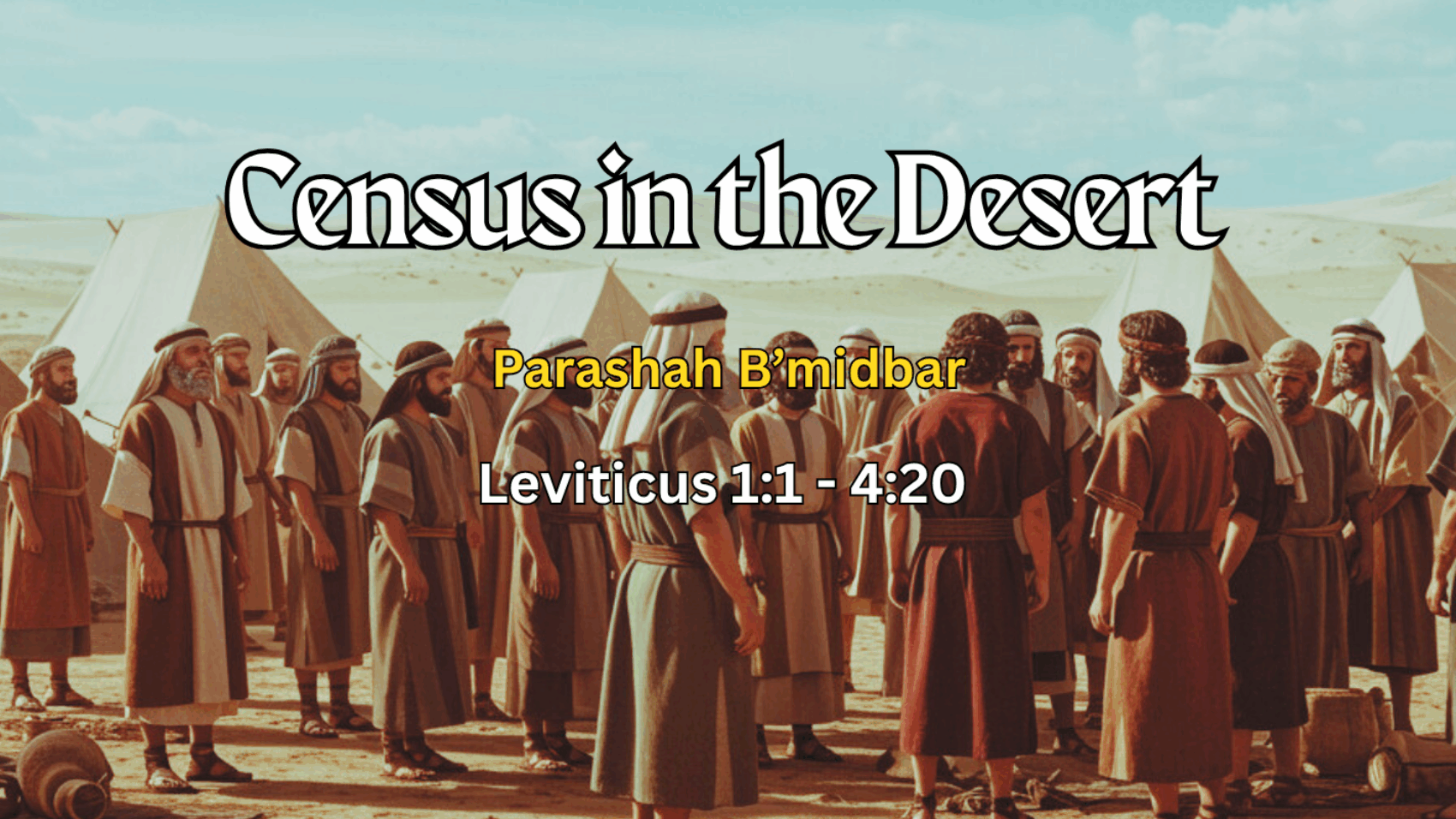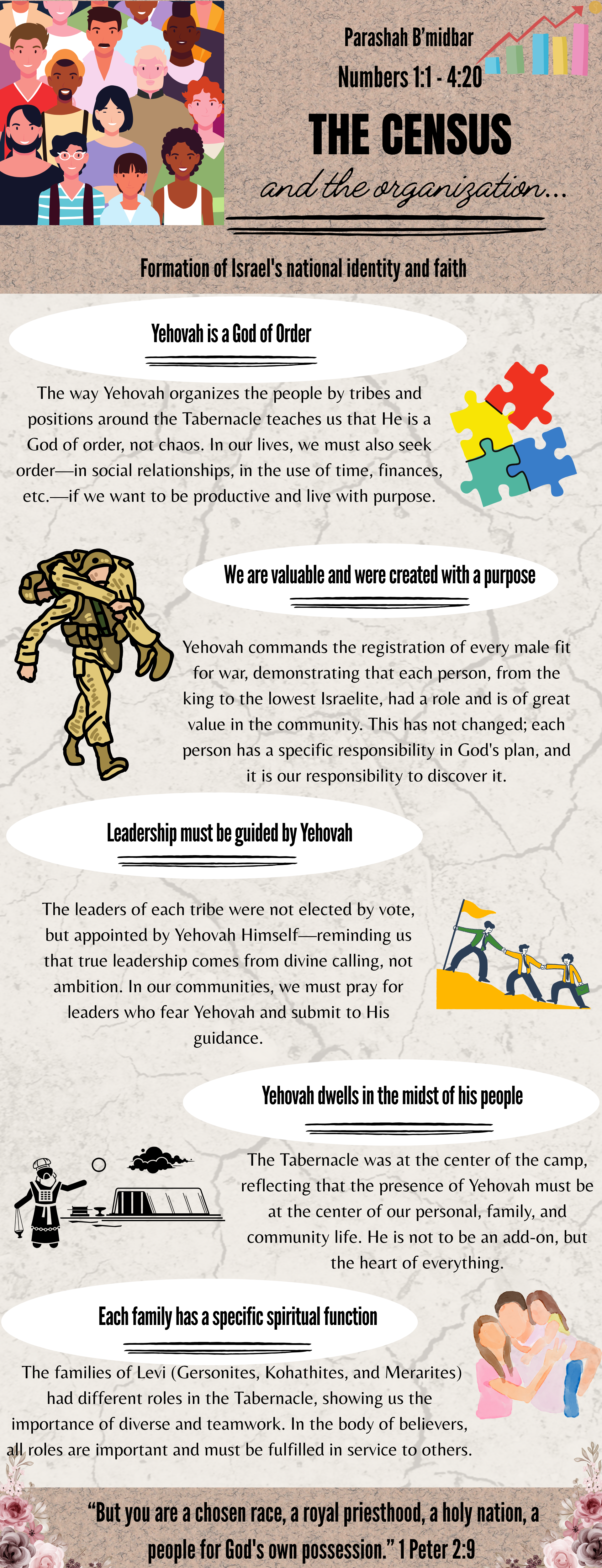Parashot mattot-massei
Numbers 30:1 – 36:13
The Parashot Mattot and Massei are read together this week and cover Numbers 30:2-36:13. Having arrived in the valleys of Moab, across the Jordan River, Moses recaps the “journeys” (masei) during the 40 years the Israelites spent in the desert.
This experience offers us a profound insight into the challenges and spiritual lessons they faced. But more importantly, and this is something that is not often emphasized, this period of transition from slavery in Egypt to entry into the Promised Land is not only a historical narrative, but also a powerful analogy for our own spiritual journey and the tribulations we may encounter on our path to redemption.
Below, we will look at some parallels between the biblical story and its relationship to our own spiritual journey and development:
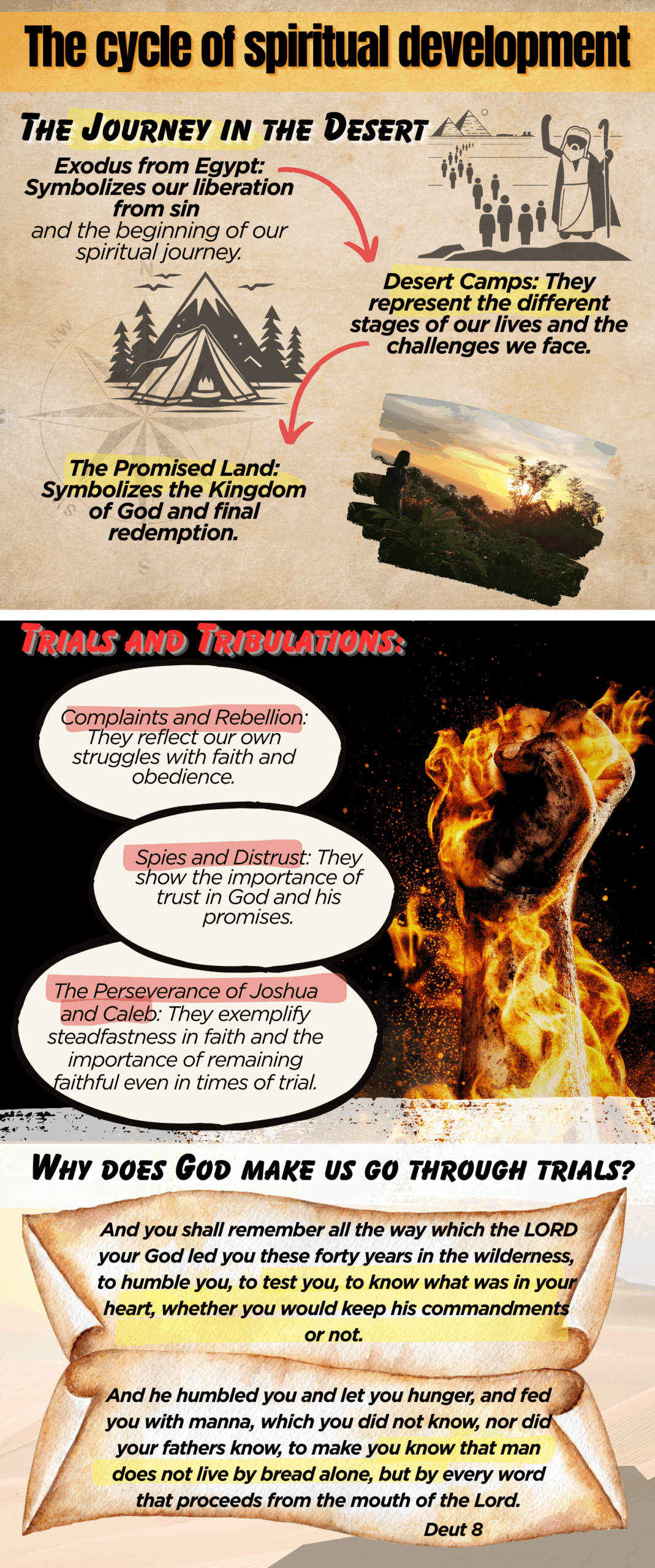
It is very common to “question” the Creator when things happen in our lives that we judge to be ‘negative’ or “obstacles,” but if we take into account the pattern established in Scripture, not only with the journeys of the children of Israel through the desert, but also with Abraham, Yeshua, etc., we can appreciate that these difficulties were not decreed upon us to destroy us, but to strengthen us.
Just as a student must undergo difficult evaluations to assess whether he has learned the material and is ready to move on to the next level, we too need to go through trials, just as the Israelites did in the desert, to prove whether we truly have that faith in our hearts.
Questions for study and reflection:
1. How can we apply the lessons of obedience and faith in our daily lives?
2. What similarities do you find between the tribulations of the people of Israel in the desert and the challenges we face today as believers?
3. How can Joshua and Caleb’s perseverance inspire us in times of uncertainty?
4. What current trials can you see as opportunities for spiritual refinement and strengthening of your faith?
![Copy of Blog Tetzavé [cabecera]](https://aroodawakening.tv/wp-content/uploads/2025/07/Copy-of-Blog-Tetzave-cabecera-e1753365494489-1700x956.png)
